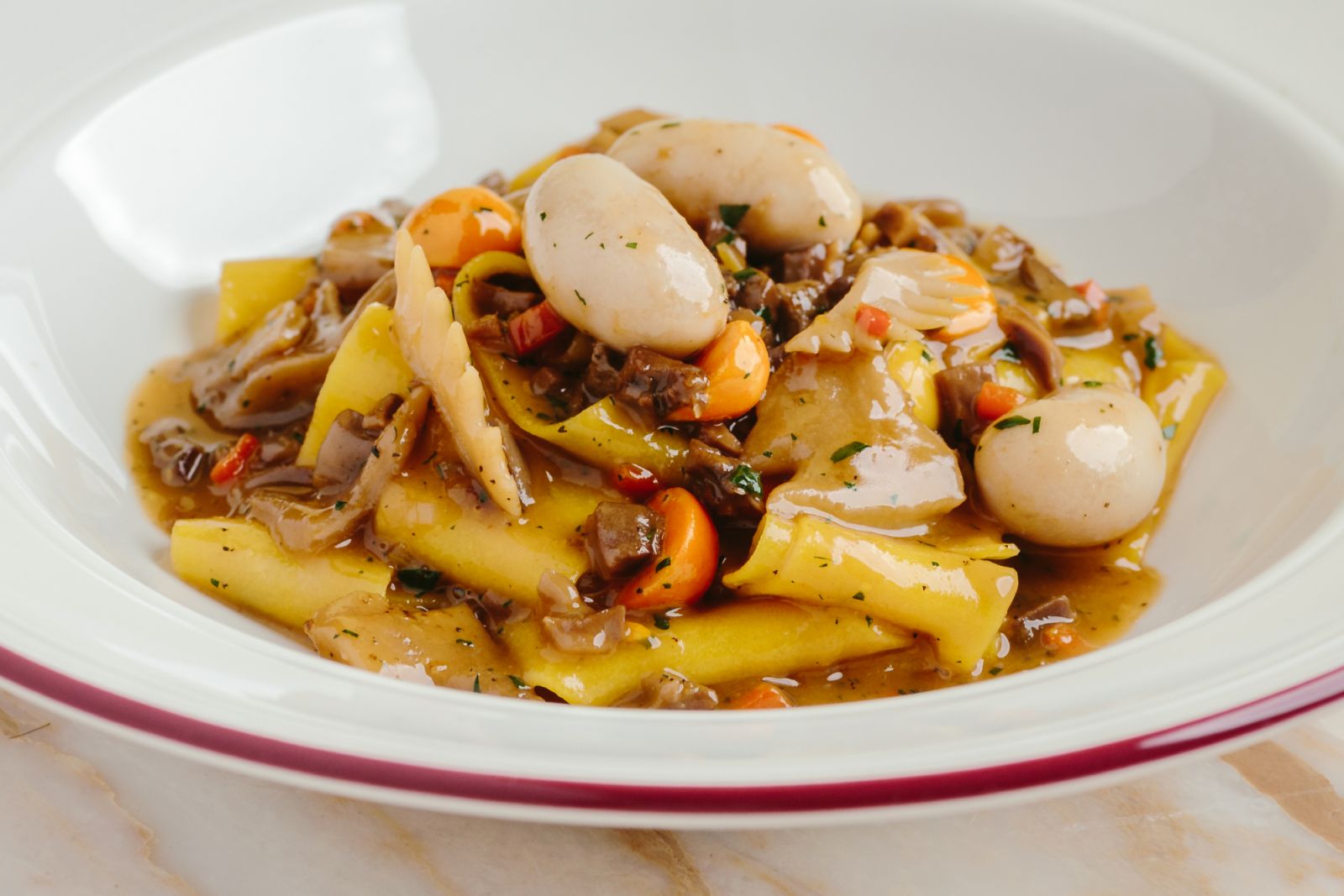Once relegated to the sidelines, offal is back on the menu. In Hong Kong, five chefs find themselves slicing through culinary conventions to bring these forgotten cuts into the limelight once more.
Offal is not something new in Chinese cuisine. From slowly braised beef tripe to deep-fried swirls of pig intestine on sticks, these dishes, mostly born from necessity rather than desire, are rich in flavour and tradition. Yet for some, offal remains an acquired taste, often unfairly dismissed as mere scraps from a more rustic culinary practice. This, however, is where its allure lies, inviting connoisseurs and the curious to explore the depths of its unique heritage.
Recently, as the culinary world has pivoted towards sustainability and nose-to-tail eating, offal has found a new audience in contemporary restaurants. Often shrugged off as the less glamorous bits and bobs of an animal—think organs, bones, blood and everything else in between—these once-overlooked offcuts are finding their way onto menus spanning several cuisines, challenging palates and perceptions alike.


At the forefront of this in Hong Kong is Testina, a restaurant named after the Italian word for “head” to reflect a philosophy that honours every part of the animal. Head chef Marco Xodo, who brings his experience from Trippa, one of Milan’s finest trattorias, to the city, allows his passion for offal to thrive on the menu, where he introduces dishes like homemade pappardelle with chicken offal ragù, veal tongue with tonnata sauce, charcoal-grilled beef heart and, when available, sweetbread.
There’s been a generational shift in attitudes towards offal, observes Xodo. “I think people stopped eating offal after the economic boom in the ’50s and ’60s, and we gradually lost the tradition of cooking it and having it on our tables. The new generation views offal as something weird and undesirable.” Still, the chef is encouraged by offal’s resurgence and while he admits that its preparation takes an incredibly long time—“It is easier to put a steak or tenderloin on the grill”—he remains hopeful that “people will open their minds and try it at least once without preconceptions”.





